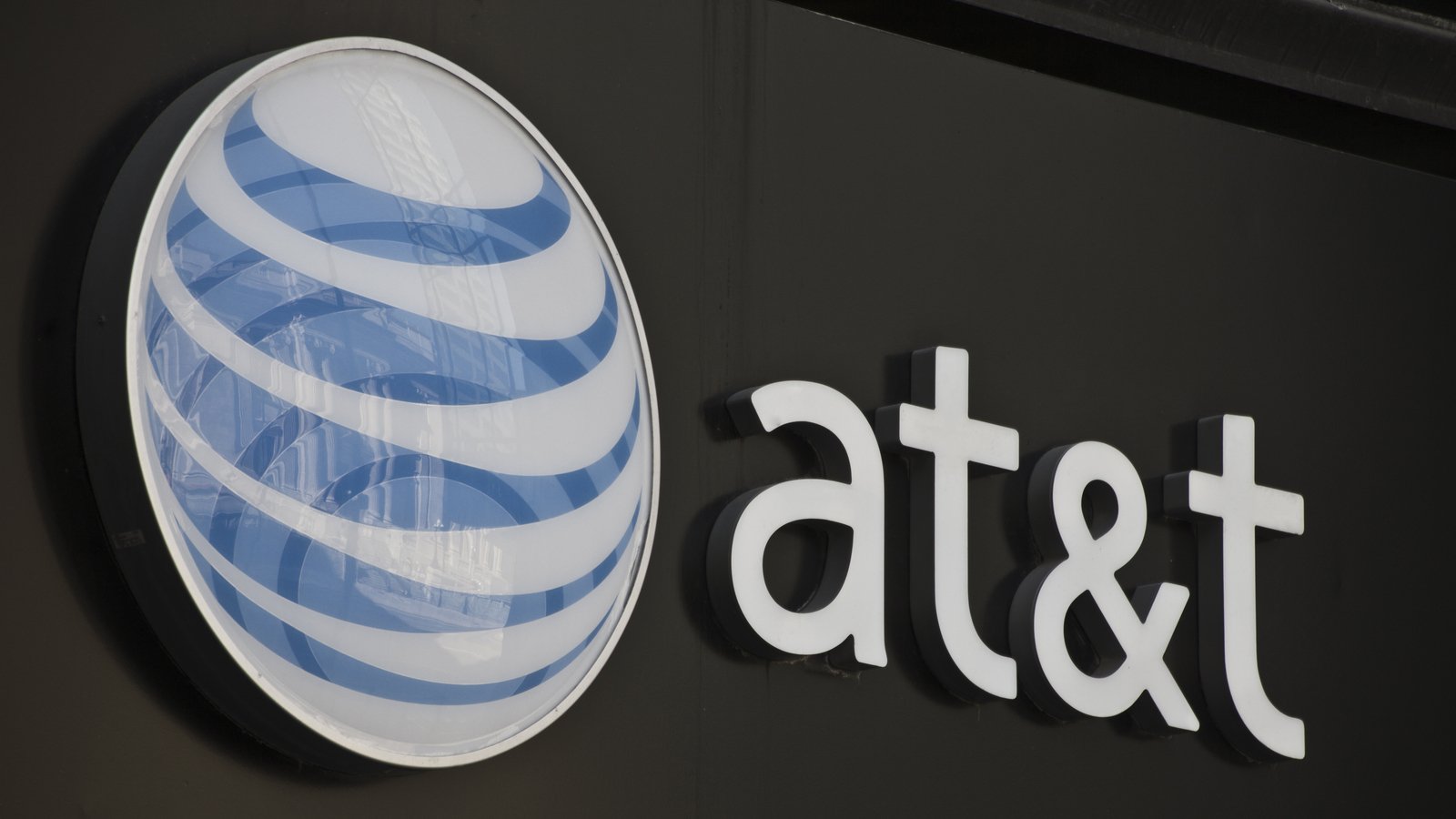AT&T (NYSE:T) shocked the world this summer. AT&T has long been a centerpiece of many retirees and income investors’ portfolios. T stock generally yielded in the 6% range annually, and at times paid an even higher rate than that.

This was a massive number in a zero interest rate world. With banks paying virtually nothing on savings accounts, is it any wonder that AT&T’s fat yield seemed like an obvious winner?
Unfortunately, AT&T couldn’t support its yield any longer. The company took on tens of billions of dollars in debt in recent years. It was caught in a tough spot, as its core telephony business has limited growth prospects. Yet, shareholders wanted their annual dividend hike.
Management tried to get more and more creative with merger and acquisition activity to keep its dividend track record intact. But, in the end, it just didn’t work out.
Going A New Direction
AT&T has made a number of big deals in recent years, such as its move into the satellite TV and internet business, and efforts to build mobile phone networks internationally. The company’s M&A activity reached its peak, however, with a move to take over Time Warner.
AT&T bought Time Warner in 2018 with the intention of building a multimedia empire. In theory, AT&T would have a streaming business to rival Netflix (NASDAQ:NFLX) and Walt Disney (NYSE:DIS). But in practice, it’s a challenge to build a great streaming company, and AT&T’s management of HBO and other key video assets left a lot to be desired.
In making that huge deal, AT&T went spectacularly into debt, becoming the world’s most indebted company at one point. If this merger had paid off, it could have turned AT&T’s fortunes around. But it didn’t work.
It’s unclear if the streaming business will ever be a top-tier rival to Netflix. In any case, it’s not producing cash flow nearly quick enough to meet AT&T’s needs in terms of servicing its debt and dividend obligations.
To that end, AT&T announced that it will be merging the media business with Discovery (NASDAQ:DISCA) and spinning off the combined entity as a separate company. This makes a lot of sense intuitively. Discovery has been struggling in the new media age, and so bulking up its content library seems necessary.
The combined heft of Discovery and Warner could be enough to be a solid streaming player. And it’s likely that the new media firm will be better managed on its own than under AT&T’s watch.
AT&T’s Unfortunate Math
Let’s run through some numbers to show how the company’s poor management decisions have impacted shareholders. These are total returns for T stock, as compared to other options. Note that this is total return, so the dividend is included in these figures.
Even including said dividend, if you invested $10,000 in AT&T five years ago, you’d have just $8,920 today. A dividend only gets you so far if the underlying stock price keeps going down. By contrast, a $10,000 investment in the S&P 500 in July 2016 would now be worth $21,940.
Zooming out looks no better for AT&T. If you had dropped $10,000 in T stock a decade ago, it’d be $16,000 now, versus $40,000 for the S&P 500. If you invested back in 2001 and held 20 years, T stock doubled your money. That’s worth something. However, the S&P 500 quintupled an investor’s money over the same period.
The same general pattern holds for other telecoms. For Verizon (NYSE:VZ), for example, a $10,000 investment five years ago has grown to $12,640 instead of shrinking outright at AT&T. Over the past 20 years, Verizon tripled an investor’s money, versus a double in AT&T.
In any case, you get the point. A high dividend yield may seem tantalizing. But if management is consistently making sub-par decisions, that high dividend won’t lead to superior investment returns. Indeed, after taking on so much debt with its expansion effort, AT&T had to slash its dividend, leaving shareholders with both a smaller income and a depressed stock price.
T Stock Verdict
There’s some appeal to T stock as a trade/special situation sort of play. The market seems pretty down on AT&T and Discovery at the moment. Once the spin-off is finished, however, it wouldn’t be surprising if the new media company’s shares move higher. I see why folks would be interested in trying to catch the upward trade there.
More broadly, however, AT&T has been a terribly run company for many years now. It perpetually makes bad acquisitions, paying top dollar for assets that don’t have much further upside. We saw it with the AT&T Mexico cellular business, with DirecTV, and now with the failed expansion into media and the streaming business. AT&T has struggled to grow its business organically, and thus had to make risky moves into other markets to try to find growth.
Now management is retrenching. That’s probably the right decision. But given the company’s massive debt, it will take years to get AT&T’s balance sheet back to a healthier place. Meanwhile, dividend investors will see a large cut to their payout in the near future, with limited prospects for growth beyond that point.
People owned AT&T as a supposedly safe blue-chip stock with an unusually high yield. Now, it’s clearly been shown to be a risky and leveraged company that is struggling to turn around its business. Shares will likely remain under pressure as investors factor this new reality into their outlooks.
On the date of publication, Ian Bezek did not have (either directly or indirectly) any positions in the securities mentioned in this article. The opinions expressed in this article are those of the writer, subject to the InvestorPlace.com Publishing Guidelines.
Ian Bezek has written more than 1,000 articles for InvestorPlace.com and Seeking Alpha. He also worked as a Junior Analyst for Kerrisdale Capital, a $300 million New York City-based hedge fund. You can reach him on Twitter at @irbezek.
